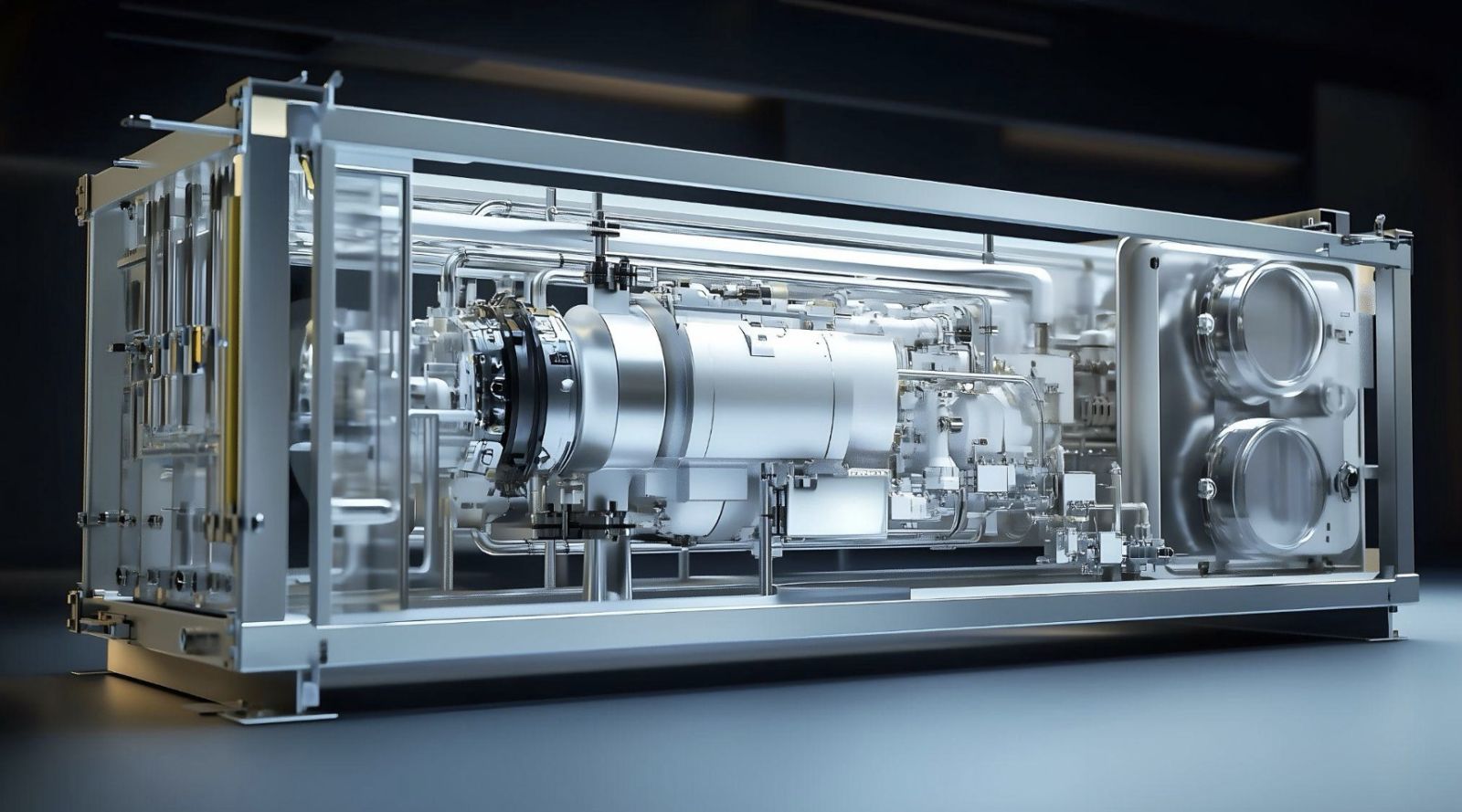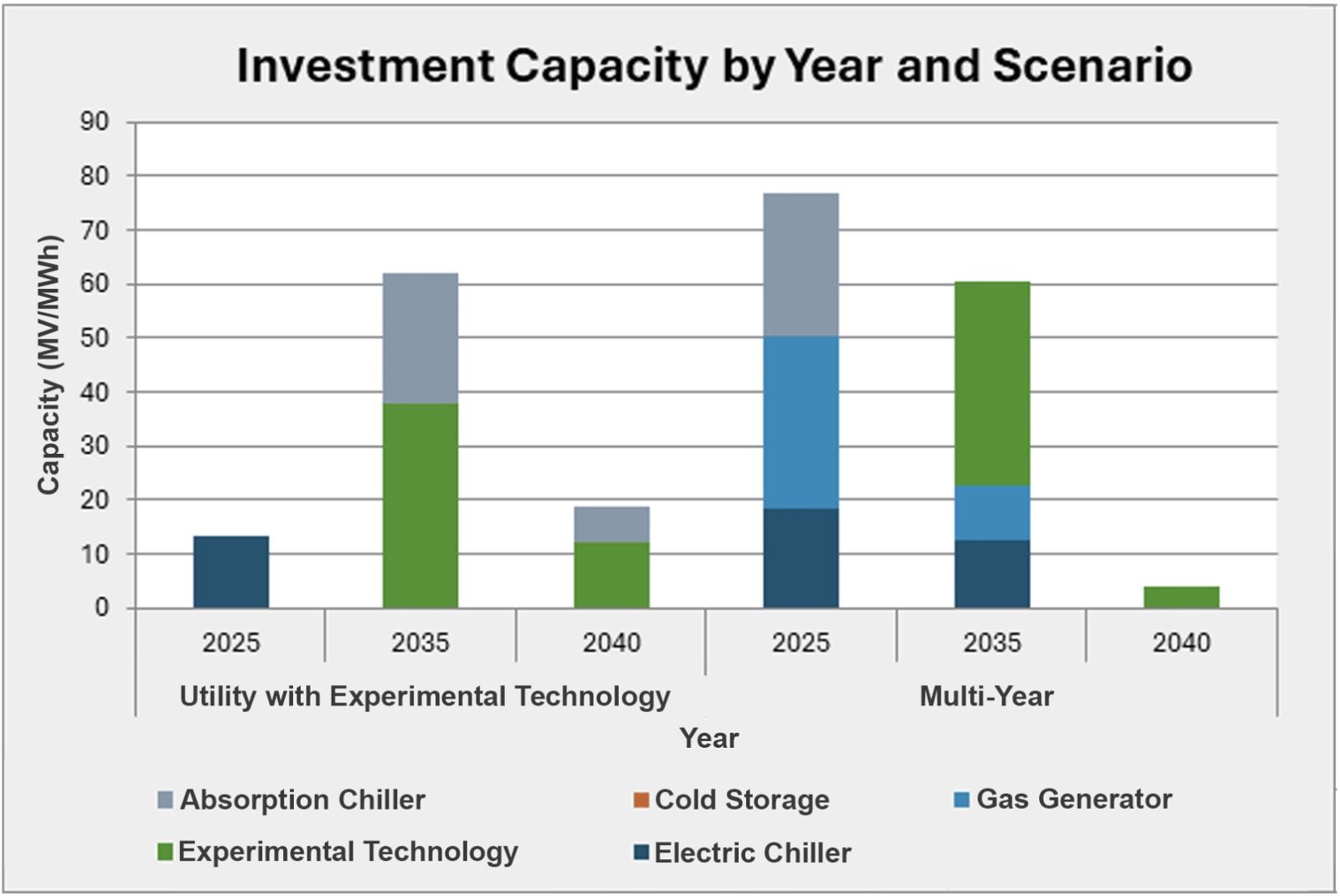Accessing Power Beyond the Grid
The confluence of several energy challenges has presented itself within the North American market. Rising electricity demands, grid reliability concerns, affordability and bottlenecks have reached an inflection point. Microgrids are emerging as a solution to combat these challenges.
Microgrids have traditionally offered a solution in locations where energy costs were a concern, but with increased grid constraints, microgrids are now gaining broader interest as solutions to help meet both demand and control costs. From healthcare facilities to military bases, manufacturing plants and data centers, microgrids are providing immediate solutions to barriers in energy where grid operations and infrastructure are lagging behind.
Microgrids meet loads through distributed energy systems including photovoltaic (PV), battery systems, wind turbines, and other renewables as well as thermal resources such as combined heat and power (CHP) running on traditional sources like natural gas or hydrogen, among others. Microgrids can operate in either grid-connected or in island mode, including entirely off-grid applications, providing the flexibility needed by the various locations they can serve.
Most notably, microgrids provide the flexibility to consider future energy resources as they’re built to accommodate future needs and opportunities while addressing current energy needs at the same time. With emerging technologies rapidly expanding to address the energy challenges within the market, this is one of its key benefits for organizations looking to implement microgrids onsite.

Microgrids provide short-term success with DERs
Microgrids can harness renewable energy sources and CHP to meet immediate demands. This reduces costs, minimizes emissions, and provides flexibility as energy needs evolve.
Businesses and corporations aren’t the only entities looking at microgrids to support short-term solutions; states and municipalities are as well. Consider the recent legislation passed in Oregon, where lawmakers have approved a regulatory framework to build microgrids in order to address increasing electricity demand and extreme weather events impacting the state. This framework for community microgrids allows for individually owned solar, batteries, and other renewable energy generation and storage to be quickly connected. This will allow those individual owners to reduce the amount of power they take from the grid, helping to save on electricity costs. What’s more, by operating in ‘island mode’, they also can establish resiliency instead of relying on the grid during times of extreme weather. For critical infrastructure like hospitals, police stations, and grocery stores, this assurance and cost savings is impactful for the larger community.
Numerous lawmakers have been discussing policies to increase DER adoption to meet individual state power needs with the use of microgrids. In addition to the developments in Oregon, states such as West Virginia, Texas, and New York, are also making it easier for developers to utilize microgrids.
Microgrids consider future resources
Microgrids can augment to include future-available energy sources to create a very cost-effective solution in generating electricity. Microgrids provide a flexible strategy to allow for right sizing the best technologies as they scale up and enable easier integration of newer technologies as they become commercially available or economically attractive. This includes the integration of technologies like small modular reactors (SMRs) or new effective fuel cells or battery technologies.

The addition of SMRs on microgrids in the future can allow for the delivery of reliable, low-carbon baseload power. By planning now for this future addition, SMRs can help mitigate the risks of rising natural gas and electricity costs while providing the scalability and energy security the public and private sectors are looking to secure. SMRs, while not commercially available at the current time, might progress towards wider adoption and thus they can be a future resource for microgrids. The Nuclear Energy Agency’s SMR Digital Dashboard has noted that there are 74 SMR projects currently underway. Due to the growing interest, more policy and investments are being made into their development to help commercial adoption proceed, and it’s now expected they’ll be available for broader use in the mid 2030’s. Microgrids can be agnostic to the used technology, and this is why they can be so flexible in cost reduction, carbon reduction, and resiliency increases.
Designing microgrid projects for success
The need for efficiency and accuracy in every stage of the development process is increasingly important for microgrid projects. Best practices in site selection, operations management, and more contribute to microgrids immediate and future success, regardless of their location and used generation technology. As developers screen and analyze microgrid projects, planners will need to anticipate future energy challenges, new technology deployments, and prevent stranded investments.
The unique nature of microgrid projects often involves navigating localized input data that can make the difference between profit and loss. That translates into the need for deep analysis, from the conception stage to deployment. Clarifying the requirements of the projects at the beginning will allow teams to map a clear path towards the feasibility of the microgrid project’s goals, whether that's emissions reduction or energy cost savings.
Dr. Michael Stadler is the Chief Technology Officer and co-founder of San Diego based Xendee, a software company supporting the design and operation of complex distributed energy systems. Before that, Michael Stadler was a Staff Scientist at Lawrence Berkeley National Laboratory and led their Grid Integration Group. He is a recipient of the White House’s Presidential Early Career Award for Scientists and Engineers (PECASE), which is the highest honor bestowed by the U.S. government on science and engineering professionals in the early stages of their independent research careers. Over the course of his career, Michael has published more than 270 papers, journals, and reports to date and holds 17 copyrights and patents.
Xendee | xendee.com
Author: Dr. Michael Stadler
Volume: 2025 September/October









